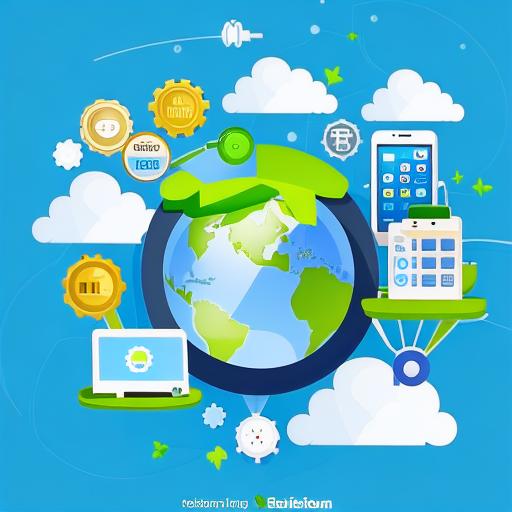Selling Tangible Products
Quote from maykal on February 24, 2024, 8:35 amTangible products are physical items that can be held, touched, and shipped to customers.
Selling tangible products often involves managing inventory, shipping logistics, and customer service related to physical goods.
It requires investment in inventory, storage space, and shipping materials.
Marketing tangible products may involve showcasing product images, writing product descriptions, and managing online storefronts.
Profit margins can vary depending on the cost of goods, shipping expenses, and marketplace fees.
Examples include selling handmade crafts, clothing, electronics, or other physical items through platforms like Etsy, eBay, or Shopify.
Promoting Electronic Products with Free Websites:
Electronic products are typically digital goods such as e-books, software, online courses, or digital artwork.
Promoting electronic products involves creating digital content and marketing it online.
Free websites can be used to host and promote electronic products, often through content marketing, email lists, and social media.
There is no need for physical inventory or shipping logistics, which reduces overhead costs.
Electronic products can be created once and sold repeatedly, offering the potential for passive income.
Profit margins for electronic products can be high, especially once initial production costs are covered.
Examples include selling e-books on Amazon Kindle, offering online courses through platforms like Udemy or Teachable, or selling digital artwork on platforms like Etsy or Redbubble.
Tangible products are physical items that can be held, touched, and shipped to customers.
Selling tangible products often involves managing inventory, shipping logistics, and customer service related to physical goods.
It requires investment in inventory, storage space, and shipping materials.
Marketing tangible products may involve showcasing product images, writing product descriptions, and managing online storefronts.
Profit margins can vary depending on the cost of goods, shipping expenses, and marketplace fees.
Examples include selling handmade crafts, clothing, electronics, or other physical items through platforms like Etsy, eBay, or Shopify.
Promoting Electronic Products with Free Websites:
Electronic products are typically digital goods such as e-books, software, online courses, or digital artwork.
Promoting electronic products involves creating digital content and marketing it online.
Free websites can be used to host and promote electronic products, often through content marketing, email lists, and social media.
There is no need for physical inventory or shipping logistics, which reduces overhead costs.
Electronic products can be created once and sold repeatedly, offering the potential for passive income.
Profit margins for electronic products can be high, especially once initial production costs are covered.
Examples include selling e-books on Amazon Kindle, offering online courses through platforms like Udemy or Teachable, or selling digital artwork on platforms like Etsy or Redbubble.

Share via: